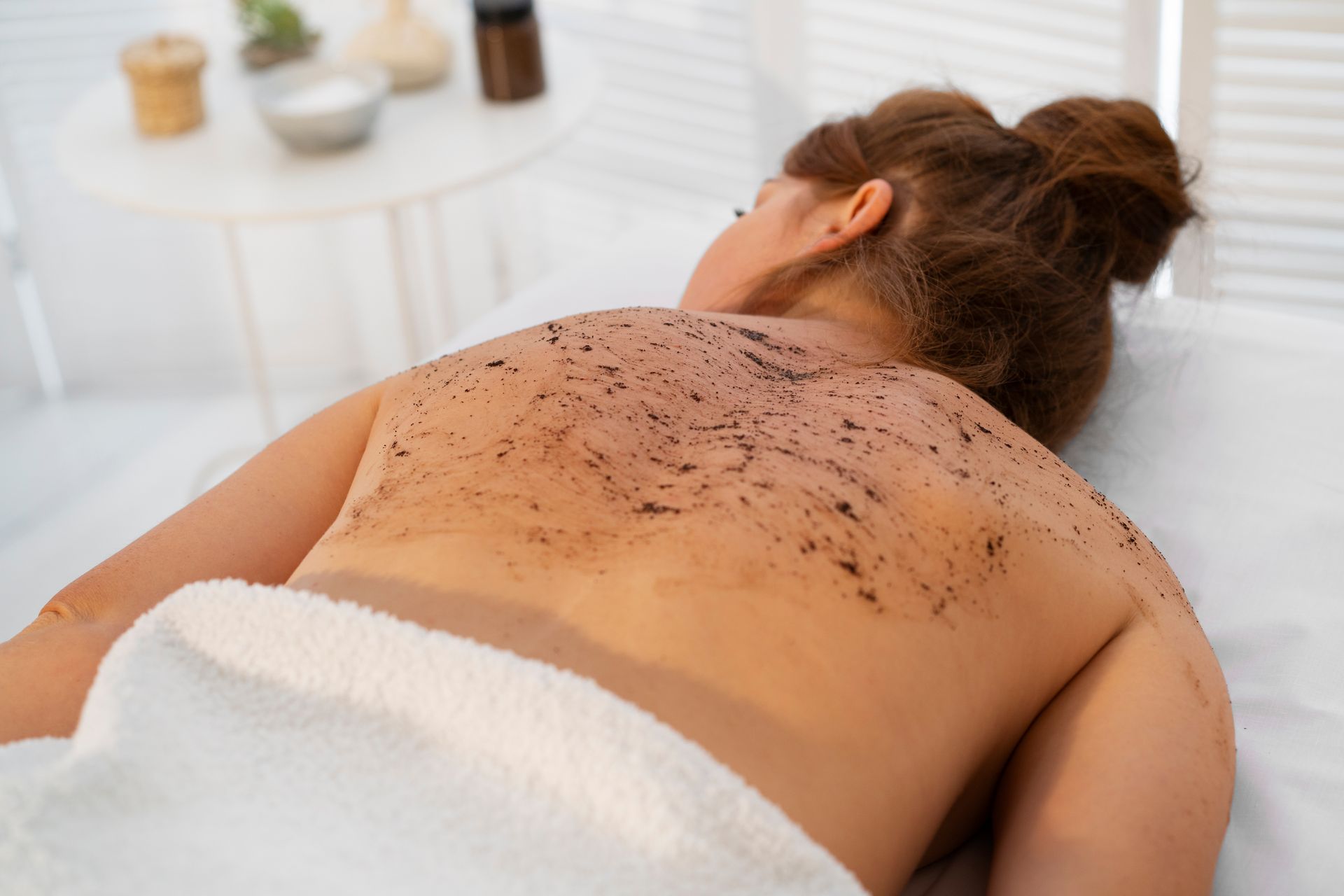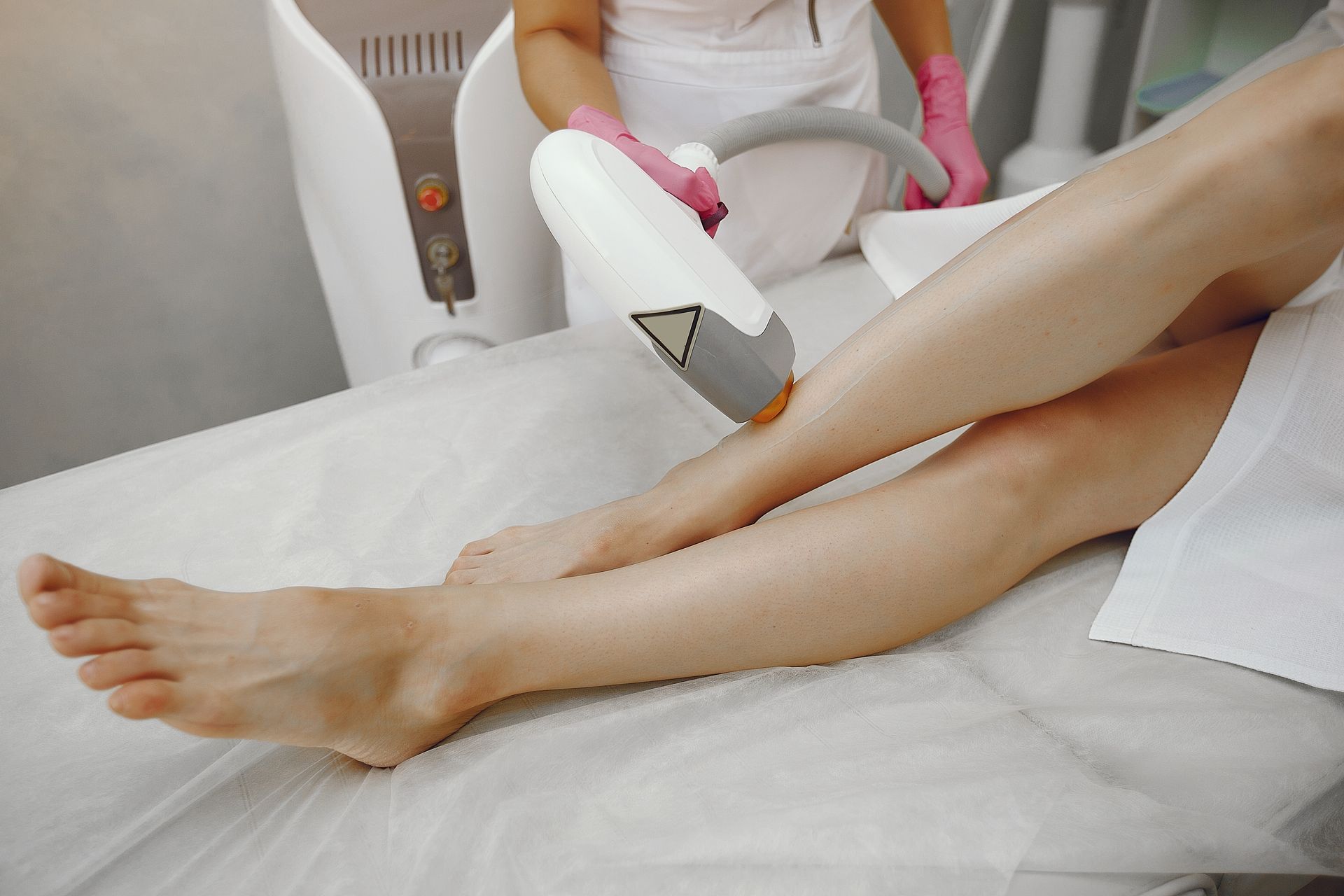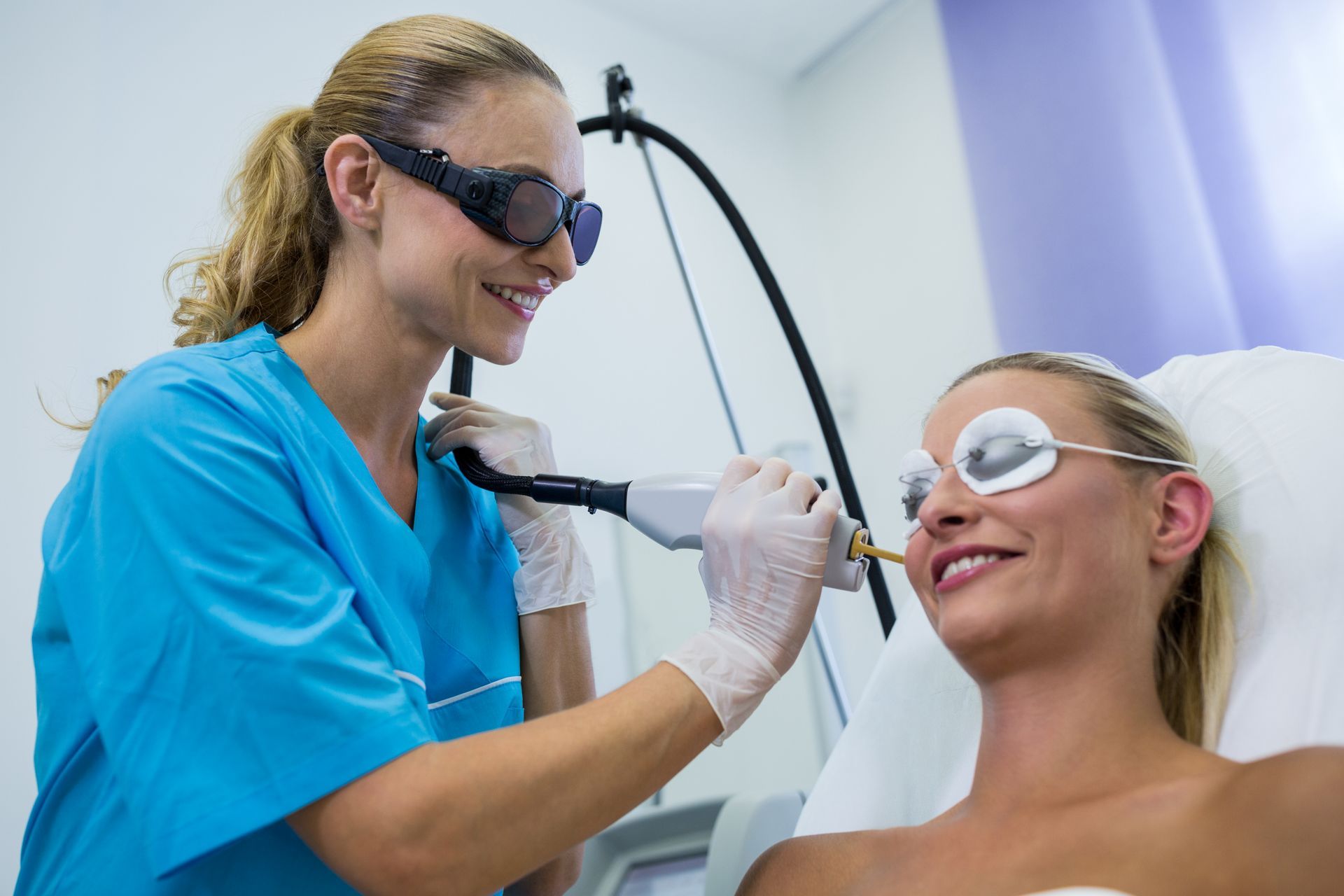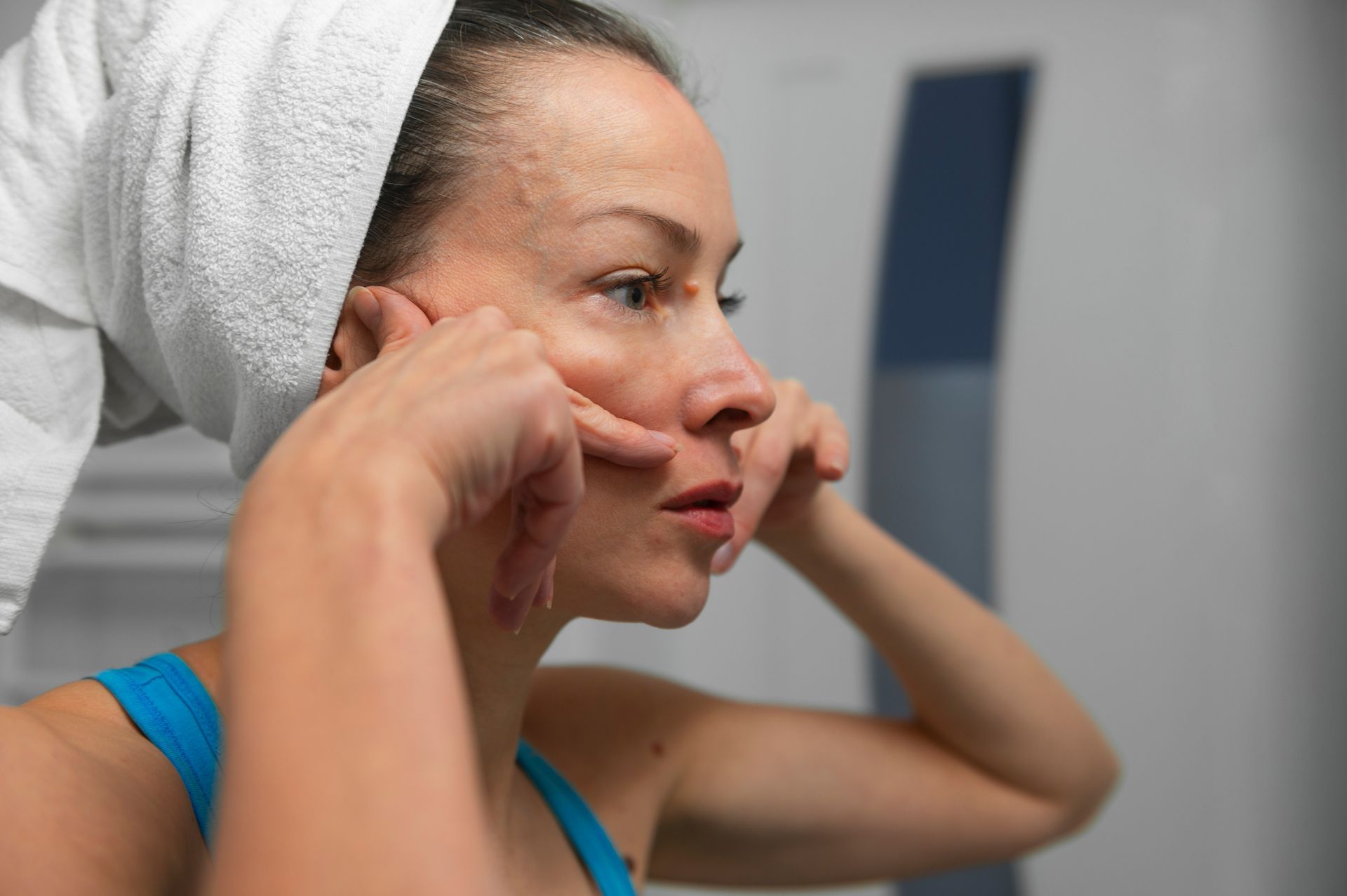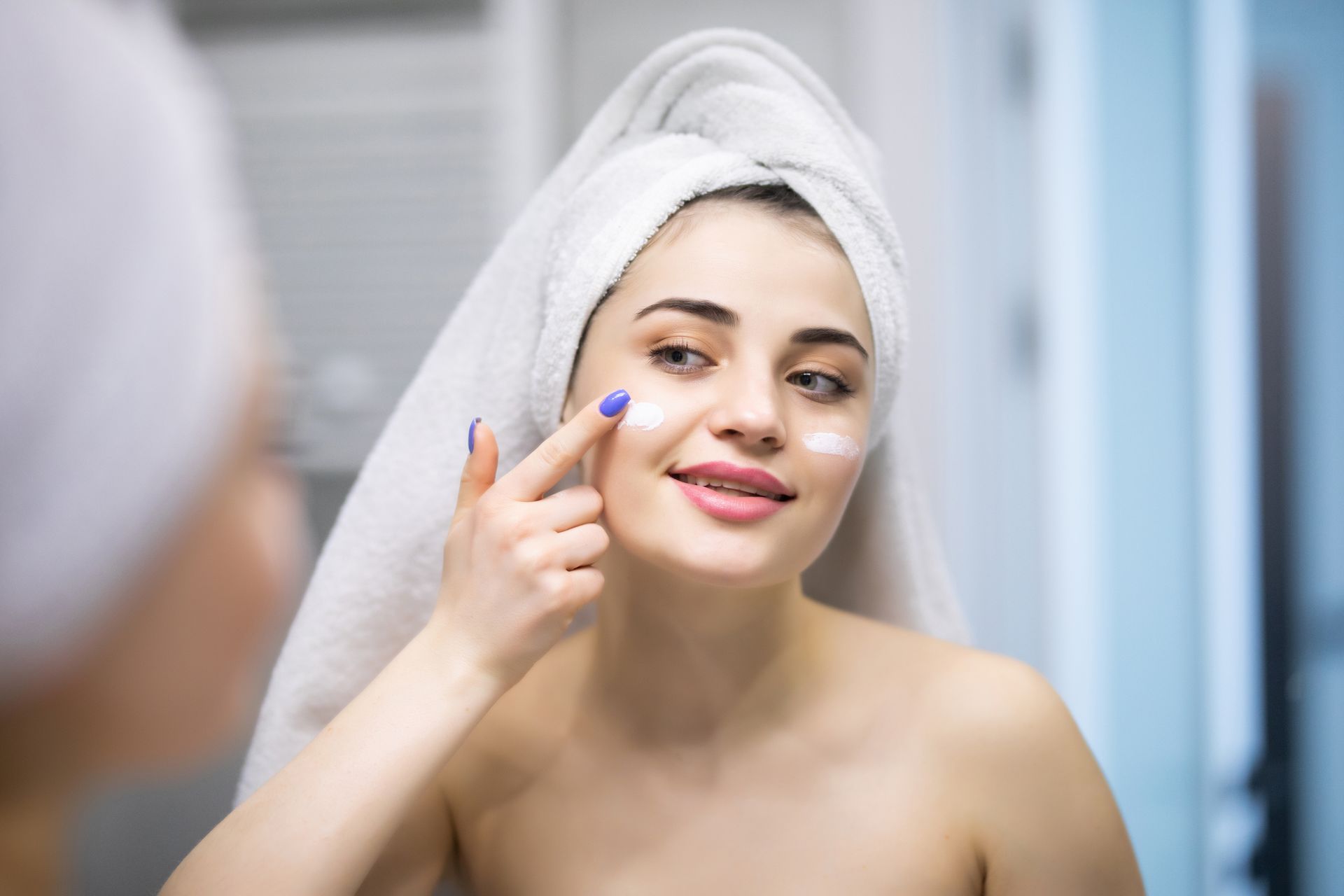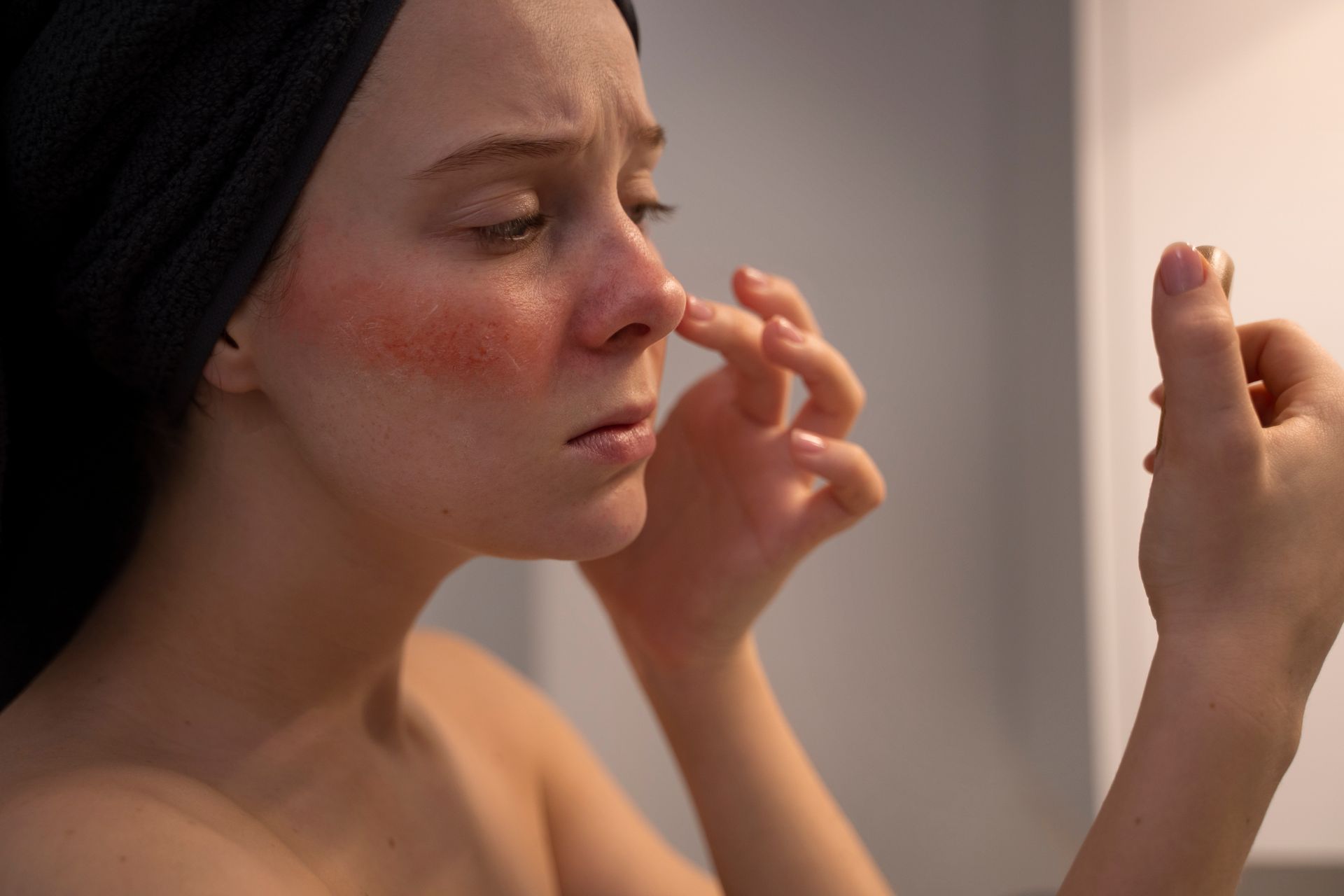Does Laser Hair Removal Help with Underarm Hyperpigmentation and Ingrowns?
If you’re dealing with dark spots, uneven skin tone, or scarring from years of shaving and ingrown hairs, you might be wondering if laser hair removal can do more than just reduce hair. Many people turn to it in hopes of improving hyperpigmentation and clearing up irritation-related marks. But does it really work? In this article, we explore what laser can and can’t do for hyperpigmentation and ingrowns—backed by real experiences and expert insights.
How Many Sessions for Underarm Laser Hair Removal?
How Laser Hair Removal Works
Laser hair removal uses concentrated light to target melanin in hair follicles, which damages the follicle and prevents new hair growth. Treatments typically require multiple sessions spaced 4–6 weeks apart, as only hairs in the active (anagen) phase get affected.
Modern lasers—such as Nd:YAG, diode, and Alexandrite—are calibrated to safely treat hyperpigmentation-prone skin by focusing on follicles while sparing surrounding tissue .
Can Laser Reduce Dark Underarms and Hyperpigmentation?
Indirectly By Reducing Trauma
Shaving, waxing, or plucking creates inflammation, leading to dark patches on delicate skin—especially underarms. Laser removes hair at the root, avoiding repeated trauma and reducing new pigmentation triggers over time.
Targeting Pigment Directly
Some lasers can break down excess melanin in the skin, helping fade dark spots and evening out tone over multiple sessions.
Reddit users with dark underarms report noticeable lightening after repeated sessions:
“Laser has lightened my underarms a lot… I’m about 10 sessions in.” — Reddit user
“Laser 100% helps get rid of ingrowns… I haven’t had any ingrown hairs or irritation since laser.” —
Some users, however, warn of temporary darkening in early stages, particularly on medium to olive skin tones, especially if post-care is inadequate.
How Laser Helps Prevent and Heal Ingrown Hairs
Ingrown hairs form when hair curls back into skin instead of growing outward—causing bumps, redness, and scarring. By disabling follicles over multiple sessions, laser drastically reduces ingrown hair formation.
As one user noted:
“Laser will absolutely help with ingrown [hairs] and help dissipate scarring and pigmentation.” —
Less inflammation from ingrowns means gradual fading of post-inflammatory pigmentation and better skin texture.
Skin Texture and Tone Improvement Over Time
Repeated laser treatments can soften roughness, shrink pores, and improve elasticity by boosting collagen production—a process proven in dermatological settings. Clinics report smoother, clearer skin in areas once irritated by shaving or waxing.
What the Research Says: Safety in Darker Skin
Studies on darker skin types (Fitzpatrick IV–VI) show that long-pulsed Nd:YAG lasers, when used properly, reduce hair growth by 70–90% with minimal side effects and no long-term pigment loss or scarring—indicating safe use even where hyperpigmentation risk is higher.
That said, poorly calibrated machines or untrained technicians can cause post-inflammatory hyperpigmentation (PIH). A notable case series described crescent-shaped PIH caused by misaligned cooling on a Candela machine.
That’s why the right laser type and skilled provider are crucial, especially for pigmentation-prone skin.
Busting Common Myths
Myth: Laser hair removal causes permanent darkening
Fact: When done correctly, laser is more likely to lighten pigmentation over time—initial darkening often results from poor cooling or preexisting irritation.
Myth: Laser will remove scarring
Fact: Laser doesn’t directly erase deep scars, but by preventing new ingrowns and reducing pigment inflammation, existing marks may fade. Separate treatments like chemical peels or resurfacing lasers are complementary.
Does Underarm Laser Hair Removal Really Work?
What to Expect Timeline-Wise
Expect progressive improvement in skin clarity and texture:
- Session 1–3: Hair growth slows; some ingrowns reduce.
- By Session 4–6: Noticeable decrease in pigmentation and smoother surface.
- After 6–8+ sessions: In many cases, at least 80–90% hair reduction, minimal ingrowns, and a more even tone.
Reddit users often mention skipping shaving eventually and maintaining clear underarms with occasional touch-ups and post-care maintenance.
Expert Insights and Medical Sources
Dermatologists note that permanent hair reduction also means less repetitive micro-trauma, which helps PIH scars fade naturally over time.
LanaSkyn, among other clinics, states that laser targeting pigment in the skin can lighten dark patches when paired with proper post-care and multiple sessions.
Tips for Best Results
- Choose a provider experienced with treating pigmented or darker skin tones.
- Use appropriate lasers for your skin/hair type—e.g., Nd:YAG for dark skin, diode or Alexandrite for lighter skin.
- Maintain post-care: protect from sun, hydrate, gently exfoliate, and use sunscreen to minimize new pigmentation.
- Combine laser with topical brighteners if needed (like niacinamide or arbutin), especially after initial healing.
- Be consistent—regular sessions yield gradual but lasting improvements.
Final Thoughts
Laser hair removal can significantly benefit those with dark underarms, hyperpigmentation, ingrown hairs, and uneven tone. While it may not erase every scar instantly, it promotes smoother, clearer skin by addressing the underlying causes—of hair regrowth and inflammation.
If your goal is long-term hair reduction combined with a more balanced skin tone and reduced irritation, laser hair removal—with the right equipment and provider—can indeed help clear the path.
BOOK YOUR FREE SESSION
